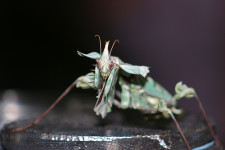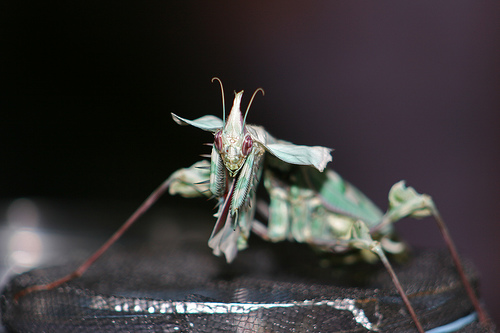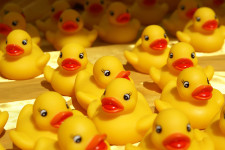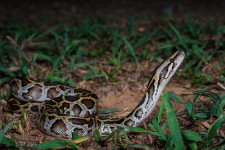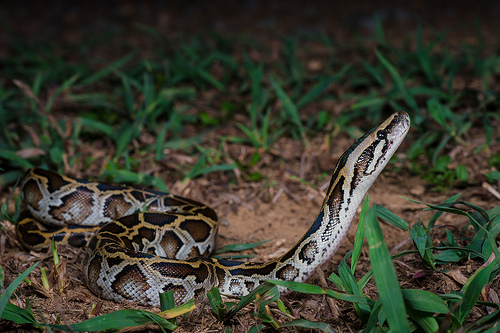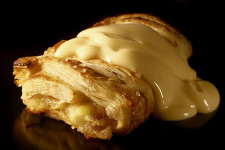
Apple strudels with their juicy apples and crispy pastry are mouth-watering delights.
- An apple strudel is an apple-filled pastry popularly eaten as a dessert or snack, and it is most commonly served warm, though it is also eaten cold.
- ‘Apple strudel’ is also known as ‘Apfelstrudel’, which is the German term for the dessert, while ‘strudel’ is German for ‘swirl’ or ‘whirl’.
- Apple strudels consist of a light and very thin unleavened pastry, rolled and filled with an apple mixture that commonly includes cinnamon, raisins, sugar and breadcrumbs, with the crumbs helping to soak up excess liquid during the cooking process.
- While apple strudels are the most popular strudel, other fruits and nuts may be used, and savoury strudels can also be made that can include meat, vegetables and herbs.
- Apple strudels are believed to have originated in the territory of the Austro-Hungarian Empire, and they were being made by the 1800s, while various strudels were produced as early as the 1500s.
An Apple Strudel with Custard
Image courtesy of LHG Creative Photography/Flickr
- Although it can be eaten plain, ice-cream, custard or cream are common apple strudel accompaniments, and the strudel is usually sliced into pieces to serve.
- Once apple strudel dough is kneaded and stretched out to be extremely flat and thin (so writing is visible under it), the filling is placed on the dough and then encased and wrapped by it, after which it is cooked in an oven.
- Apple strudels were the United State’s Texas’ official state pastry from 2003 to 2005, as it is thought to have been one of the first pastries cooked in the state.
- The shape of an uncut apple strudel is typically a flattened cylinder, and the pastry is crispy and golden brown when cooked.
- Due to the accessibility and quantity of apples during hard times, apple strudels were perhaps one of the earliest strudel types.
Bibliography:
Apfelstrudel, or the “Apple Whirlpool”, 2014, The Palate, https://uchicagopalate.wordpress.com/2014/04/14/apfelstrudel-or-the-apple-whirlpool/
Apple Strudel, 2016, Wikipedia, https://en.wikipedia.org/wiki/Apple_strudel
Apple Strudel, n.d, ifood.tv, http://ifood.tv/european/apple-strudel/about
The History of Strudels, 2015, Kitchen Project, http://www.kitchenproject.com/german/recipes/Desserts/Strudel/Strudel-History.htm






